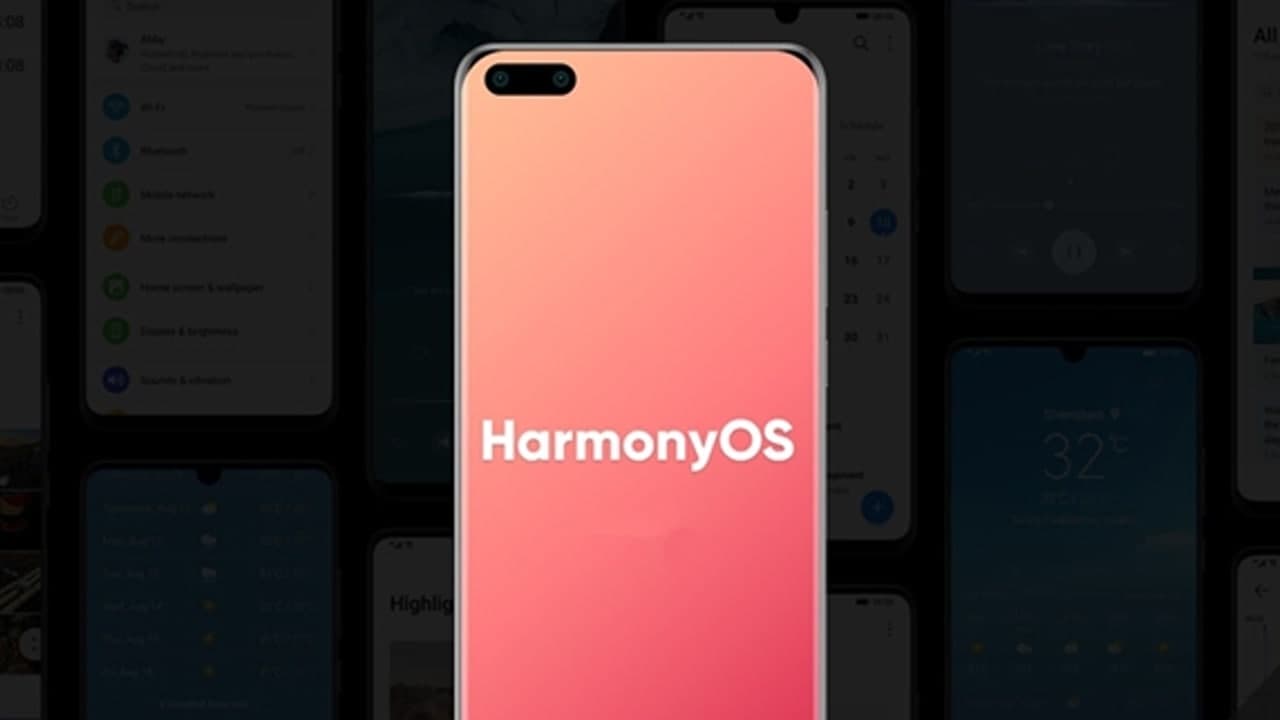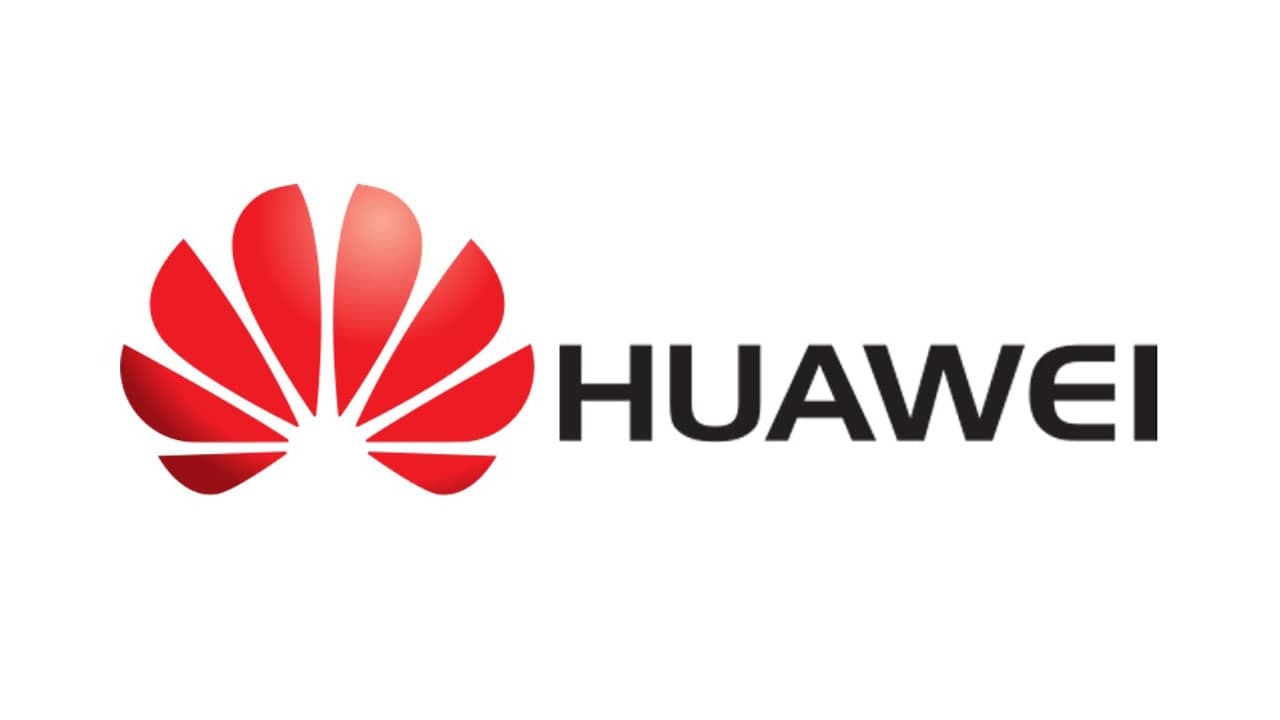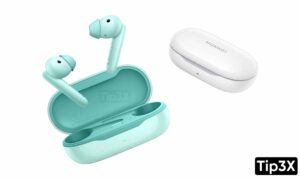On January 12 that the “2020 Technology Billboard” co-sponsored by Sina Finance Client and Sina Technology opened today. The theme of this year’s event is “All Things Re-growth”.
Wang Chenglu, president of Huawei’s consumer BG software department, said in the keynote speech that the emergence of Hongmeng OS is not an alternative system to respond to US sanctions. Hongmeng OS is not a copy of Android, nor is it a copy of iOS. It is truly a panoramic operating system for the future IoT era.
Wang Chenglu said that global smartphone shipments have declined slightly since 2018, and it will drop by about 3% in 2019. Due to the impact of the epidemic in 2020, the overall decline will be even greater, and it has become a very certain fact that the shipment volume of the entire smartphone will not increase. At the same time, the length of time consumers uses mobile phones has basically stabilized at 4 to 5 hours starting in 2018. All this information indicates that the development of the entire smartphone-based mobile Internet industry has reached a very important transitional period.

But he pointed out that at present, only the platform ecology of smartphones is very prosperous, and there are very few applications on smartwatches, TVs, and cars. The core is that the system on each hardware device is completely fragmented. There are as many as 20 or 30 that we are familiar with. This makes it very troublesome for developers to build an application based on other hardware platforms. The workload of adapting to the platform is very large.
With the birth of Hongmeng OS, Huawei’s goal is to use a system to solve all IoT hardware equipment problems. “The outside world may have speculation about whether Huawei developed the Hongmeng system because of the US sanctions. I tell everyone that this is not the case.” Wang Chenglu said that the actual project development of Hongmeng OS was established in May 2016, when Huawei was thinking about smartphones. After the industry reaches its peak, what should the industry do in the future? With such a large devices business as Huawei, it is impossible to put all the ecological foundations in other people’s systems. These two issues prompted the birth of Hongmeng OS.

Wang Chenglu said that the goal that Huawei hopes to achieve is to use one system to meet the system loading requirements of all large and small hardware. For consumers, when using a variety of hardware, it can be as simple as using a smartphone; for developers, once the business logic code is developed in this system, it can be used on multiple devices deploy.
He revealed that Huawei’s goal is to conservatively estimate the installed capacity of Huawei’s own equipment to be 200 million units, or far more than 200 million units in 2021; more importantly, Hongmeng OS will also be open to third-party equipment, with a conservative installed capacity. It will reach 100 million units. Adding up, in 2021, the hardware base of Hongmeng system rich equipment will be 300 to 400 million units.
“Hongmeng system is not a copy of Android, nor is it a copy of iOS. It is a panoramic operating system that is truly oriented to the future IoT era. This operating system is different from Android and iOS-based solely on mobile phones. It will be when the real IoT comes in the future. Need such a system to fully open up the bottom layer, Hongmeng has taken the first step, which is also a very important first step.” Wang Chenglu said in the end. (Zhang Jun).
Now the entire industry is at a very good critical turning point because the emergence of smartphones from the first generation of iPhone in 2004 has truly brought the entire industry into the era of mobile Internet. In the past ten years, the development of our entire industry has been based on the smartphone hardware platform. Today we will look at this industry again. There are three very important pieces of information for everyone to refer to in the development stage of this industry.
The first message: The global smartphone shipments have declined slightly since 2018, and the overall decline in 2019 is probably more than 3%. In 2020, due to the impact of the epidemic, our overall decline will be even greater, but it is a very certain fact that the shipment volume of the entire smartphone will not increase.
Second message: In the past few years, whether it is Android ecology or AppleEcologically, there may be few truly new apps. Except for Douyin, there may be no new apps in our entire industry.
The third very important indicator: the length of time consumers use mobile phones has basically stabilized at 4 to 5 hours since 2018.
These three pieces of information indicate that the development of our entire smartphone-based mobile Internet industry has reached a very, very important transitional period. Coupled with the continuous emergence of IoT hardware, I think this industry is in a very critical transition period.
What this picture wants to express is that in the past so many years, although the mobile industry with smartphones as the carrier has undergone very big changes, we take a look at it, only on the platform of smartphones, our entire ecology is very prosperous. The entire smartphone-based App adds up to more than 4 million. But in addition to mobile phones, there are very few applications on smartwatches, TVs, and cars. With fewer applications, consumers will be less motivated to use this device, because there is no service to use this device.
These three pieces of information indicate that the development of our entire smartphone-based mobile Internet industry has reached a very, very important transitional period. Coupled with the continuous emergence of IoT hardware, I think this industry is in a very critical transition period.
What this picture wants to express is that in the past so many years, although the mobile industry with smartphones as the carrier has undergone very big changes, we take a look at it, only on the platform of smartphones, our entire ecology is very prosperous. The entire smartphone-based App adds up to more than 4 million. But in addition to mobile phones, there are very few applications on smartwatches, TVs, and cars. With fewer applications, consumers will be less motivated to use this device, because there is no service to use this device.
Another very challenging problem is that our large and small devices, if they have screens, have very large size differences. Whether it is an application on Apple’s App Store or an application on Android, the real development workload accounts for the majority of the UI part adaptation. So many different sizes and resolutions, large and small, will double the overall development workload.
With the birth of Huawei Hongmeng OS, our goal is to be able to use a system to solve all the problems of large and small IoT hardware devices. The outside world may speculate whether Huawei developed the Hongmeng system because of US sanctions. I tell you “it is not the case.”
At that time, we made this system and set several goals: First, we hope to use a system to meet the loading requirements of all hardware devices, and no longer need different hardware to customize different systems. Secondly, it is very important. It seems to be very innovative today. Our system no longer treats each IoT hardware as an isolated device. In this system, all IoT hardware is integrated. . Third, in response to the current problems faced by developers, our aim is to solve the problems of developers.
The goal we hope to achieve is to use a system to meet the system loading requirements of all large and small hardware. For consumers, we hope that when consumers use so much hardware, it is as simple as using a smartphone today. We also hope that the business logic code that developers develop once in this system can be deployed on multiple devices. This is the goal of the entire Hongmeng system. I believe that once this goal is reached, we may truly promote the rapid development of the entire IoT industry.
For screen projections made by other manufacturers, it still treats TVs, mobile phones, and car cameras as four independent devices, which are connected through the upper application layer. This connection has a very big problem. That is, its versatility and its scalability are not good, because I have to adapt to different applications. Further development of this technology will bring great challenges to the entire industry.
Below is a HyperTerminal one by one. The meaning of “Smart devices” is that we integrate multiple isolated IoT devices into one through the Hongmeng system. After integration, our entire device is logically a new device, which means that consumers can define their own devices according to their own scene requirements.
Once we use the Hongmeng system to form a super device, the upper-level application developers have the opportunity to break away from the limitations of the physical hardware capabilities of a single device, and it can call more hardware, and it will do what we cannot achieve with a single device today. An experience.
Second, the home furnishing field. Everyone here will hear or buy electrical equipment, everyone is talking about his home appliances are intelligent, intelligent is very important, one is networking. The second is that the device itself must be able to interact with people. The third is that this operation itself may not be restricted to the single device itself. If these three things cannot be done, consumers will not experience an intelligent experience.
The third example is travel. The most important thing about travel is convenience and safety. We have made an innovation based on Hongmeng with Didi Taxi. If you order a car on your mobile phone, it may not be convenient for you to hold your mobile phone when you are traveling.
All of these applications are actually made by Huawei and our partners to make innovations. If other partners want to do it, what should we do? The picture on this page is for our prospects.
When we released Hongmeng 2.0 at Songshan Lake on September 10 last year, we said that we had taken an important step. Not only did Hongmeng enable Huawei’s own equipment, we also opened it to partners. Whether it is from SDK or source code, or modules developed, including development tools, we are open to hardware manufacturers.
In 2021, on Huawei’s own equipment, our installed capacity is conservatively estimated to be 200 million units. Our goal is still challenging, and we hope to exceed 200 million units, or far exceed 200 million units. More importantly, we are open to third-party devices. According to our current communication with third-party partners, the conservative installed capacity will reach 100 million units.
I believe that after the third-party partners fully understand the value of the Hongmeng system, this data may not only be 100 million units. In total, in 2021, the hardware foundation of Hongmeng system’s rich equipment will be 300 to 400 million units. I think this is a very good foundation for application developers and a very good start.
I want to focus on open source, which should be said to be of great concern to all partners, including everyone in the industry. When we released Hongmeng 2.0 on September 10th last year, at 8 o’clock that evening, our open source code was officially opened to the industry, and everyone can download it. One month after we announced open-source, our volume growth has been very large. Our first step to open source is to open source the forward-looking code of small devices from 128K RAM to 128M RAM. In April of this year, our second phase of open source will proceed as scheduled. The open-source in October will definitely proceed as scheduled, and we will communicate with our partners again. If you have stronger demands, we can even advance the third phase of open source a little bit earlier.
Over the past year or so, we have done a lot of innovations in both the hardware partners in the southbound and the northbound. We also welcome all consumers, including friends from the media, including academia, to give us continuous Put forward opinions and suggestions, we will continue to improve, I am very confident that China’s industry, academia, and our developers, etc., with everyone’s strength, we will be able to integrate the entire mobile Internet based on Hongmeng Future IoT If the industry is well established and rooted in China, I believe it will be a huge opportunity for us in all walks of life.












